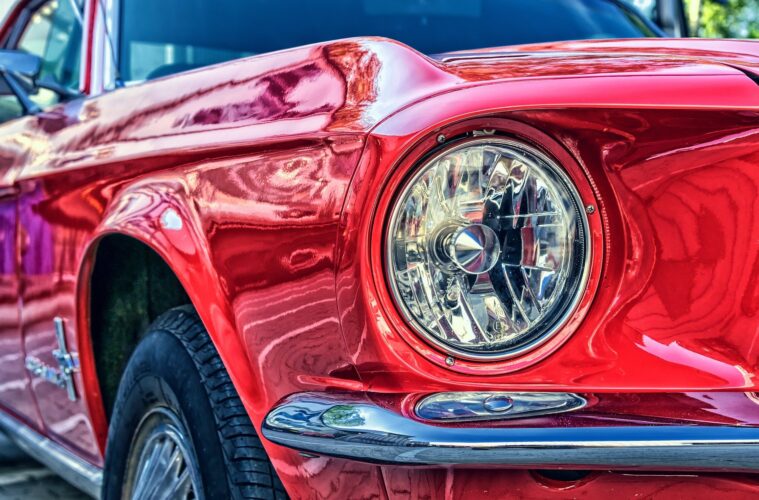We hear about them all the time, accident on the highways, car loosing control on black ice, classic fender benders, and on occasion, see footage of cars toppling over in images that can make you cringe.
It’s important to be cautious and aware while driving, but even the most cautious can get in an accident that may be completely out of the driver’s control. On average there are 6 million car accidents annually in the United States alone. The odds of being in an accident are extremely high if you drive frequently. It’s important to understand what the next best steps are after being involved in an accident, whether it be major or minor. Because of the major shock that follows being in an accident, it’s great to know ahead of time what some of the “do’s” , “don’ts”, and insurance regulations are.
Car accidents can be terrifying, disorienting, and dangerous events. After encountering such a stressful event, and being in the aftermath of such a traumatizing experience it’s important to consider your next steps. It’s a common, basic, unpleasant fact of life, accidents happen; and it’s more than likely that most drivers will experience at least one accident in their lifetime. It is therefore important to take the time to learn how to respond to an accident, and what is sometimes more important than knowing what to do, it’s important you know what not to do after a car accident, which you can do my remembering these simple steps. Firstly, it is important to keep safety as a top priority, which means assessing your surroundings and seeing if there are any potential hazards in or out of the vehicle. If a hazard is spotted, do your best to avoid it by staying in your vehicle and calling 911, or exiting the vehicle and waiting for the authorities at a safe distance. If it is safe to do so, you may proceed to ask the other parties (if multiple vehicles involved) if they are okay or need medical assistance, as well as survey the damage to the vehicles. If there is an injury, call for an ambulance, and if all parties involved are unharmed, simply ask for a police officer. Secondly, if it is safe to move your vehicle, do so and clear it from the roadway as to not block other drivers. If the vehicle(s) are immobilized, warn other drivers by turning on your hazard lights, placing traffic cones, or any other means of alerting passing vehicles. Thirdly, once all involved are safe and vehicles are taken care of, both parties should exchange all necessary (ONLY necessary) information such as insurance information, address, license number, phone number and license plate number. Lastly, some tips while navigating this unfortunate scenario include collecting witness’ contact information incase it is needed to determine fault or circumstance, recording the event through cellphone pictures and detailed notes about your recollection of events, not admitting fault or apologizing for the accident, and having a police report written to assist insurance companies for a speedy claims process.

Accidents may be bad enough on their own, but insult is often added to injury when your insurance rates subsequently increase. On average, an accident stays on your record for 3-5 years depending on factors like age, area of residence, type of damage, and driving record, among other things. In the United States, insurance even varies state-to-state based on fault, meaning it is illegal in some states to raise a driver’s insurance payment if they are not at fault. In other cases though, monthly payments increase on average by $59 USD after an accident, however first offences and long-time safe drivers are sometimes forgiven based on the infrequency of events on their record. People often ask about accidents remaining on record, the most popular one is ‘How long does a fender bender stay on your record?’ Well, that’s subjective to the accident, and requires further research into the driving regulations of your state, as well as the different variables involved with the drivers and the incident, (insurance policy, past accidents, climate conditions, etc). Not all accidents are going to substantially bloat your monthly rate, with no-fault fender benders being obviously less worrisome than major at-fault collisions. Even in a worst-case scenario when a driver has several serious accidents in a relatively short period of time, insurance is still attainable through high-risk insurance policies, but they are of course much more expensive than your average monthly rate


